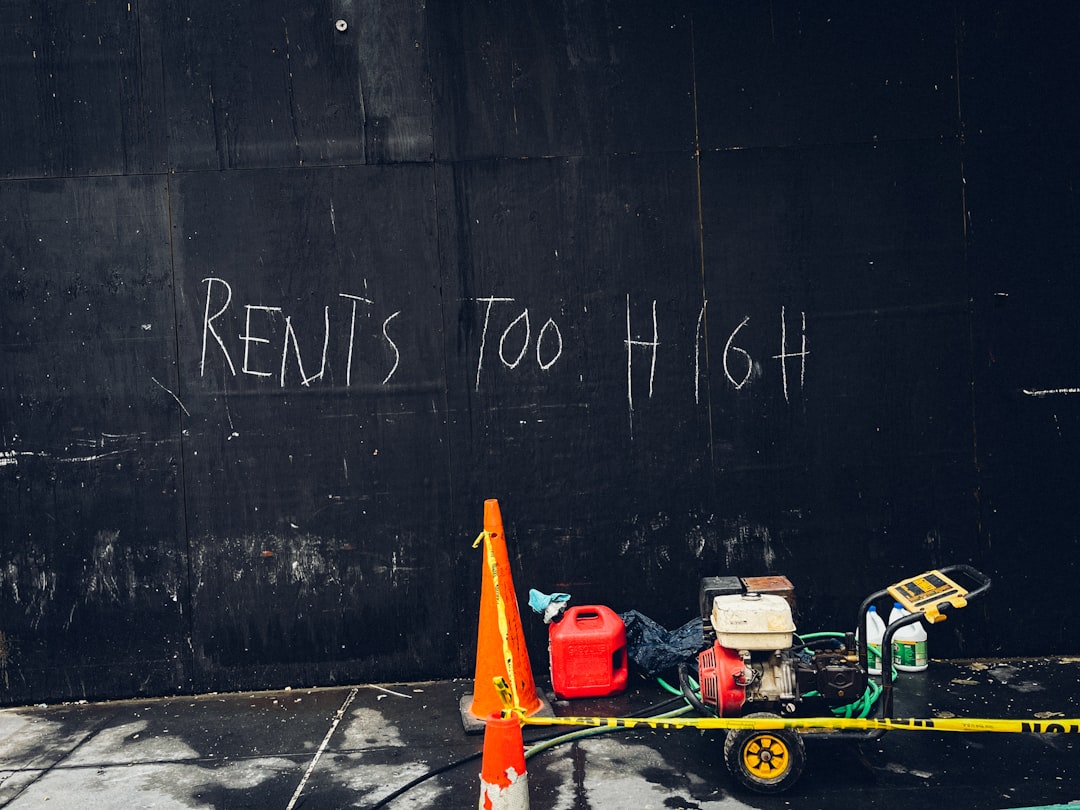Highs and Lows: The Curious History of Plant Prohibitions
Why are humans so captivated by altering their perception of reality? From the ancient rituals involving sacred herbs to modern debates over THC and CBD, societies have always danced—sometimes gingerly, sometimes recklessly—around the question of which plants should be accepted, celebrated, or condemned.
Consider that coffee, now a global morning staple, was once banned in Mecca in the 16th century—decried as a mind-altering poison that stoked radical thinking. The Irish parliament attempted to outlaw tea in the 1700s, claiming it was corrupting the morals of the youth. Even nutmeg, yes, the holiday spice in your eggnog, once sparked wars and was sold at prices higher than gold, guarded jealously by colonial powers afraid of its rumored aphrodisiac effects.
So, the current wrangling over THC products is not a new phenomenon, but rather, the latest act in a centuries-long play about control, freedom, healing, and fear. What makes a plant “dangerous” or “essential”? Who gets to decide which compounds are celebrated and which are criminalized? And how do beliefs about plants change as culture, science, and industry shift—sometimes faster than our laws can keep up?
Perhaps the real question is not about one specific ban or bill, but about humanity’s ongoing struggle to reconcile our desire for well-being, innovation, and liberty with our instinct to regulate uncertainty. The answers—like the plants themselves—are rarely black and white, and always evolving.
This article was inspired by the headline: 'Texas governor vetoes bill that would ban all THC products - CNN'.

Comments
No comments yet. Be the first to comment!